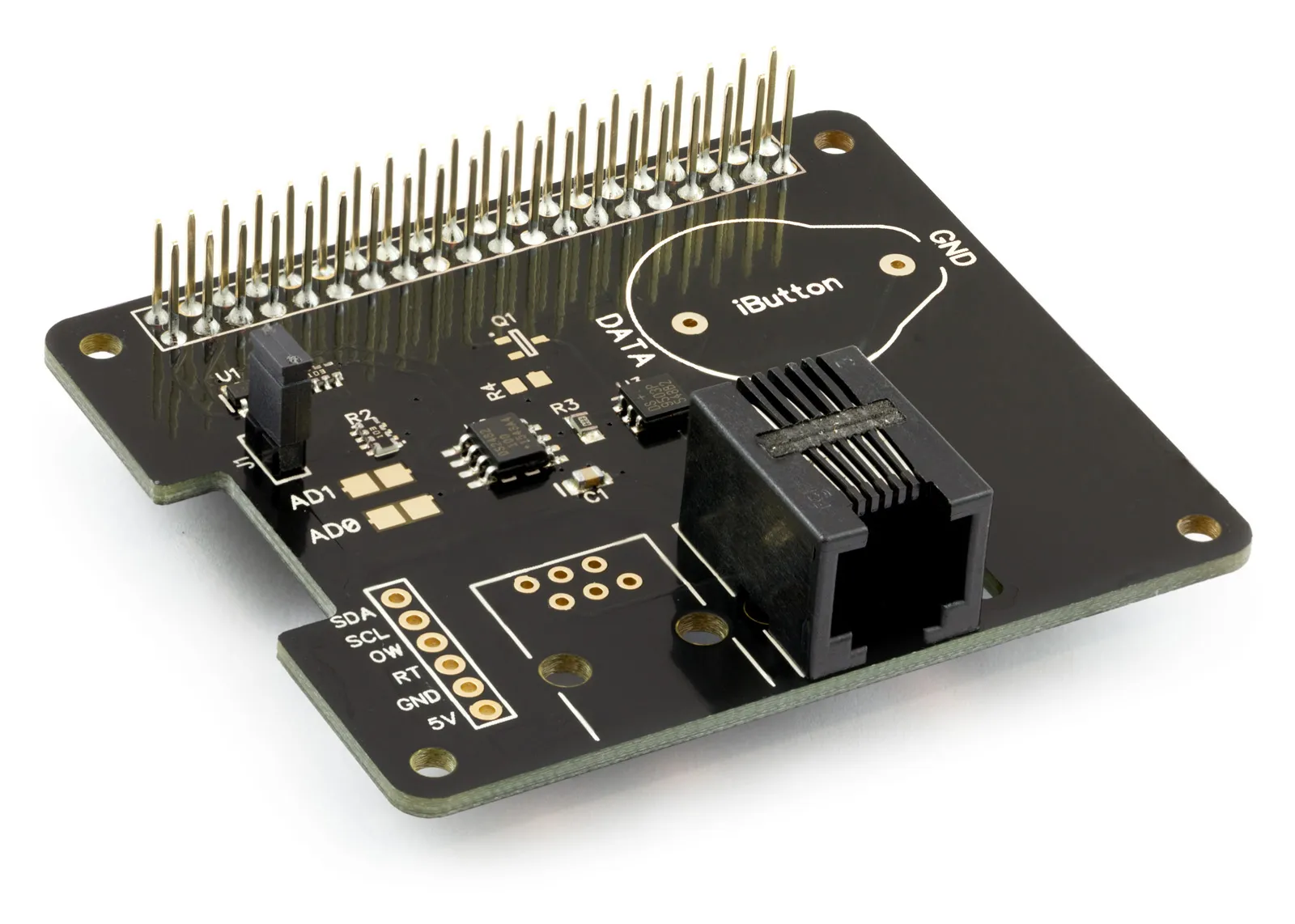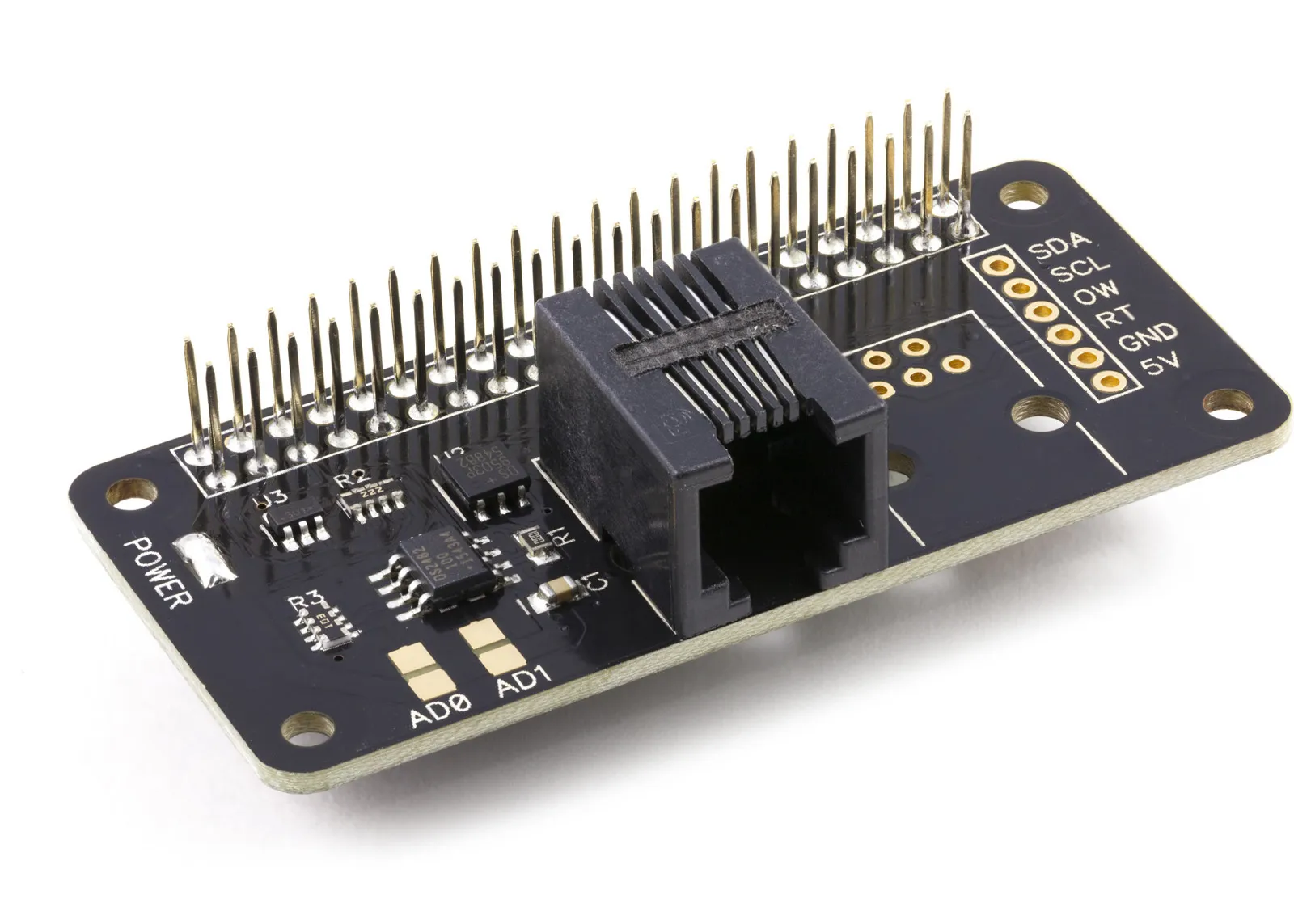This tutorial details how to set up the 1 Wire File System with the 1 Wire Pi Plus and 1 Wire Pi Zero on an ODroid computer running Ubuntu 20.04 from Hardkernel.
Step 1: Download the latest Ubuntu image and burn it to your SD Card following the instructions on Odroid.
Step 2: Follow our ODroid C1 Ubuntu I2C Setup or ODroid C2 Ubuntu I2C Setup tutorial to set up I2C on the ODroid platform.
Step 3: Install OWFS
sudo apt-get update
sudo apt-get install owfs ow-shell
Step 4: Edit owfs.conf to enable the I2C 1 Wire interface
sudo nano /etc/owfs.conf
Comment out the following line
# server: FAKE = DS18S20,DS2405
Find the following section
# USB device: DS9490 #server: usb = all
Insert the line below to enable i2c support.
server: device = /dev/i2c-1
Note: If your Odroid computer uses a different I2C bus for pins 3 and 5 on the GPIO header, change i2c-1 to the correct bus number for your setup.
Find the section titled
######################### OWFS ##########################
Remove the hashes from the lines
mountpoint = /mnt/1wire allow_other
Save your changes and exit the nano editor.
Step 5: Create a folder where the 1 Wire devices will be mounted.
sudo mkdir /mnt/1wire
Step 6: Reboot your ODroid
sudo reboot
Step 7: Enable the owserver service
sudo systemctl enable owserver.service
Step 8: Your ODroid should now work with OWFS.
Your 1 Wire devices can be found in the directory /mnt/1wire
Each 1 Wire device directory will contain several files representing the values available from that device. For example, with the DS18B20 temperature sensors, there will be a directory in /mnt/1wire with the serial number for the sensor, normally starting with "28.". Inside the directory for the sensor, you may find the following files.
address errata id power r_locator temperature10 temperature9 tempres alias family latesttemp r_address scratchpad temperature11 temphigh type crc8 fasttemp locator r_id temperature temperature12 templow
The temperature for the sensor is stored in the "temperature" file, so we can use the "cat" command to display the file's contents. For example, with a sensor called "28.0844C4030000", you would use the following command.
cat /mnt/1wire/28.0844C4030000/temperature
Note:
On specific versions of owfs available on the ODroid and running Ubuntu 20.04, a bug causes devices in the /mnt/1wire directory to be duplicated, showing two folders for each device.
If you encounter this problem, it can be resolved by editing the configuration file for the owfs service.
Step 1: Open /lib/systemd/system/owfs.service in an editor.
sudo nano /lib/systemd/system/owfs.service
Step 2: Find the following line.
ExecStart=/usr/bin/owfs -c /etc/owfs.conf --allow_other %t/owfs
Remove "-c /etc/owfs.conf", so the line looks like this.
ExecStart=/usr/bin/owfs --allow_other %t/owfs
Step 3: Save the file and reboot your ODroid.
You should only see one device instance in the /mnt/1wire directory.


